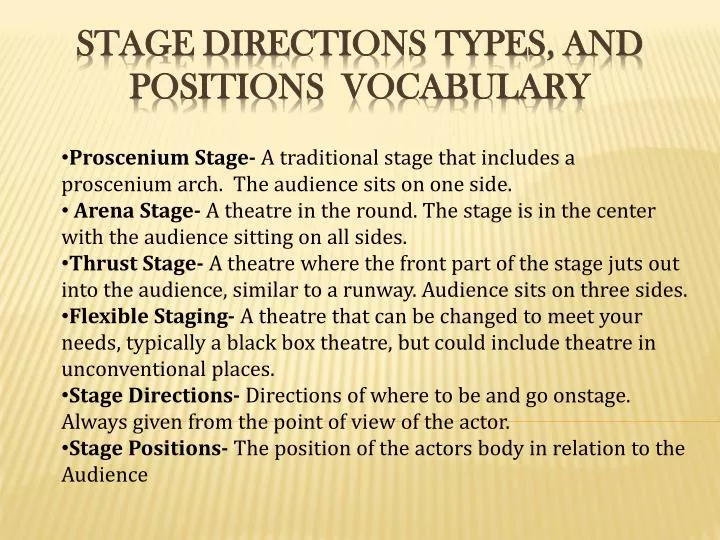
When you are on the phone with The Tour Guide and trying to write down useful information, you write down things like “drive past Punchy’s,” “cathedral,” “barbecue,” and then you hang up the phone and read what you’ve written, and say Goddammit, Bob, how the hell am I supposed to make any sense of this? When you are driving and get close, but lost, you will call Bob on your cell phone to try to get better directions-perhaps right around the time you pass Punchy’s Liquor Store and its invisible sign. They say things like, “… then you’ll drive by the park, and my favorite barbecue place, and the cathedral…” and “you’ll see Jonesy’s, and we should really eat there some night when you’re here, you’d love it.” They sometimes reference things that don’t exist anymore, or the colloquial name of something-”the old Macy’s building” (which doesn’t have a sign designating it as such anymore), or “Punchy’s,” which is the name of a liquor store that has a sign that says “Liquor Store” in big letters and “Punchy’s” in very small letters. They provide a narrative instead of technical instructions. This person is great at describing their neighborhood, but shitty at helping you find anything. They’ll probably be standing out front waiting for you to drive up, especially if their address number is a little hard to spot, because they know when you’re driving, your friend is easier to recognize than a tiny house number.
#TYPES OF DIRECTIONS IN A PLAYWORDS HOW TO#
They don’t say things like “take the Speer exit” or “you’ll go through 6 or 8 stoplights” no, they say things like “take exit 141 and get in the left lane immediately,” and “turn east onto 17th Avenue.” This person has empathy, knows how to follow directions, and wants to minimize your suffering and freaking out when you’re trying to find their house.
#TYPES OF DIRECTIONS IN A PLAYWORDS PRO#
The Pro gives you directions like Google Maps gives you directions, sometimes using Google Maps to give you exact distances. There are three types of direction-givers*, and only one is reliable. Or maybe you trust almost no one to give good directions to any location anymore-especially if it’s their own house. Maybe you’re like me and you like to see where you are on a map, even if it’s on a phone. Remember to be specific, use clear and concise language, include technical cues, and revise and edit your work.Do you ever ask people for directions anymore? Or do you prefer to ask them, “What’s the address?” and just plug it into your smartphone instead? Because that’s what I do.

He looks around, then exits stage right.īy following these tips and examples, you can write stage directions that will bring your play to life on stage. He crosses to center stage, glancing up at the sky. JACK enters from stage left, holding an umbrella. There is a sound of thunder and lightning. Here is an example of stage directions for a short play: Ask someone else to read them and provide feedback. Read them out loud to ensure that they flow smoothly and sound natural. Tip 5: Revise and editĪfter you have written your stage directions, revise and edit them to make sure they are clear and concise. This creates a sense of immediacy and urgency that will help the actors to convey the emotions of the characters. Stage directions should be written in the present tense, even if the action is supposed to take place in the future. This will help the crew to coordinate the technical aspects of the production. Use brackets to indicate the technical cue, such as or. Stage directions should include technical cues for lighting, sound, and other effects. For example, instead of saying “the actors move to the center of the stage,” say “the actors move to the center of the stage, their faces tense with anticipation.” Tip 3: Include technical cues Use descriptive words to convey the mood and atmosphere of the scene. Use simple verbs like “sit” or “exit” instead of phrases like “sit down” or “leave the stage.” Tip 2: Be specificīe specific about the location and movement of the actors. Avoid using complex sentences or technical jargon that might confuse the actors or crew.

Stage directions should be written in clear, concise language that is easy to understand.

Here are some tips and examples for writing stage directions that will help your play come to life on stage: Tip 1: Use clear and concise language Stage directions help to guide the actors, directors, and crew during the play, giving cues for movement, lighting, sound, and more. Writing stage directions for a play is an important aspect of the overall production. How to Write Stage Directions for a Play: Tips and Examples


 0 kommentar(er)
0 kommentar(er)
